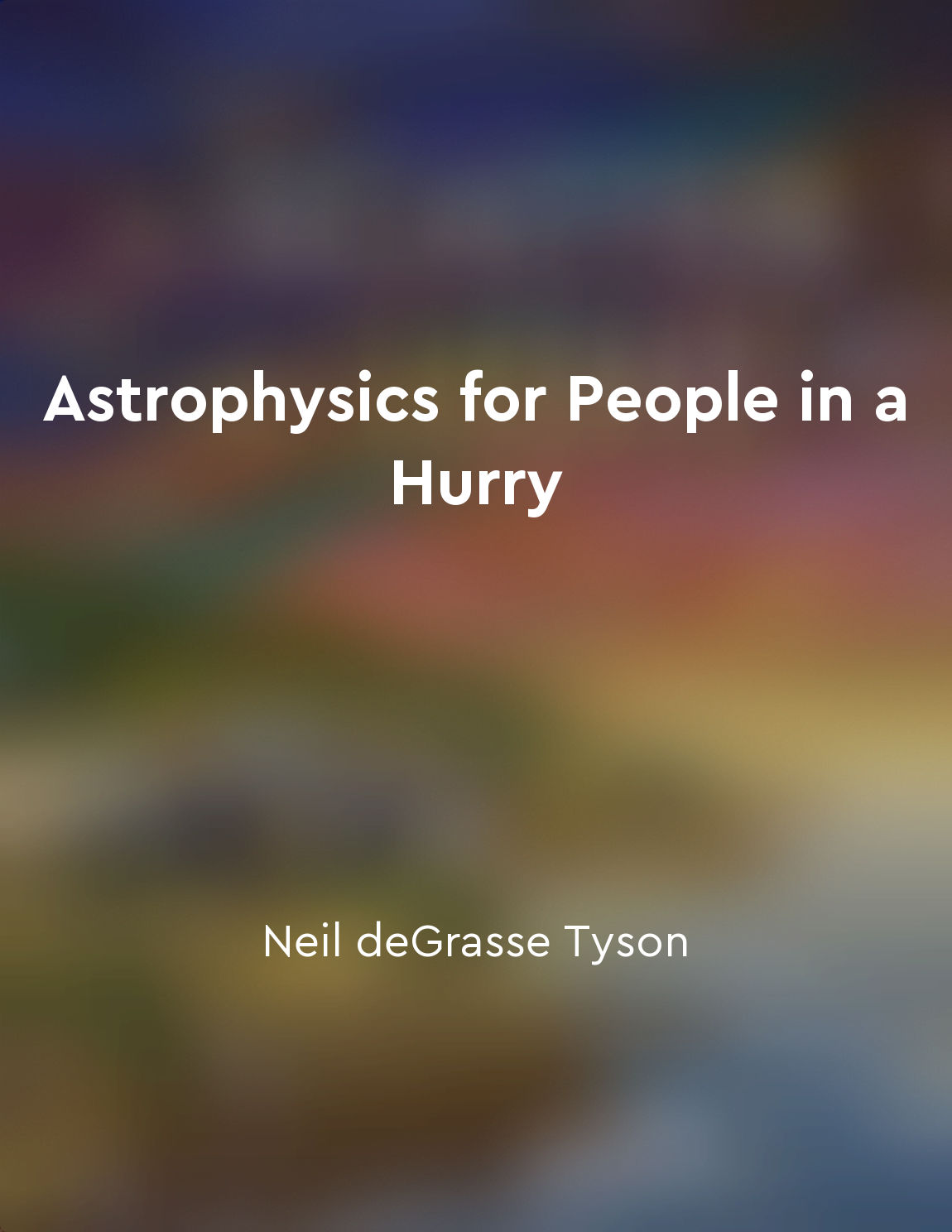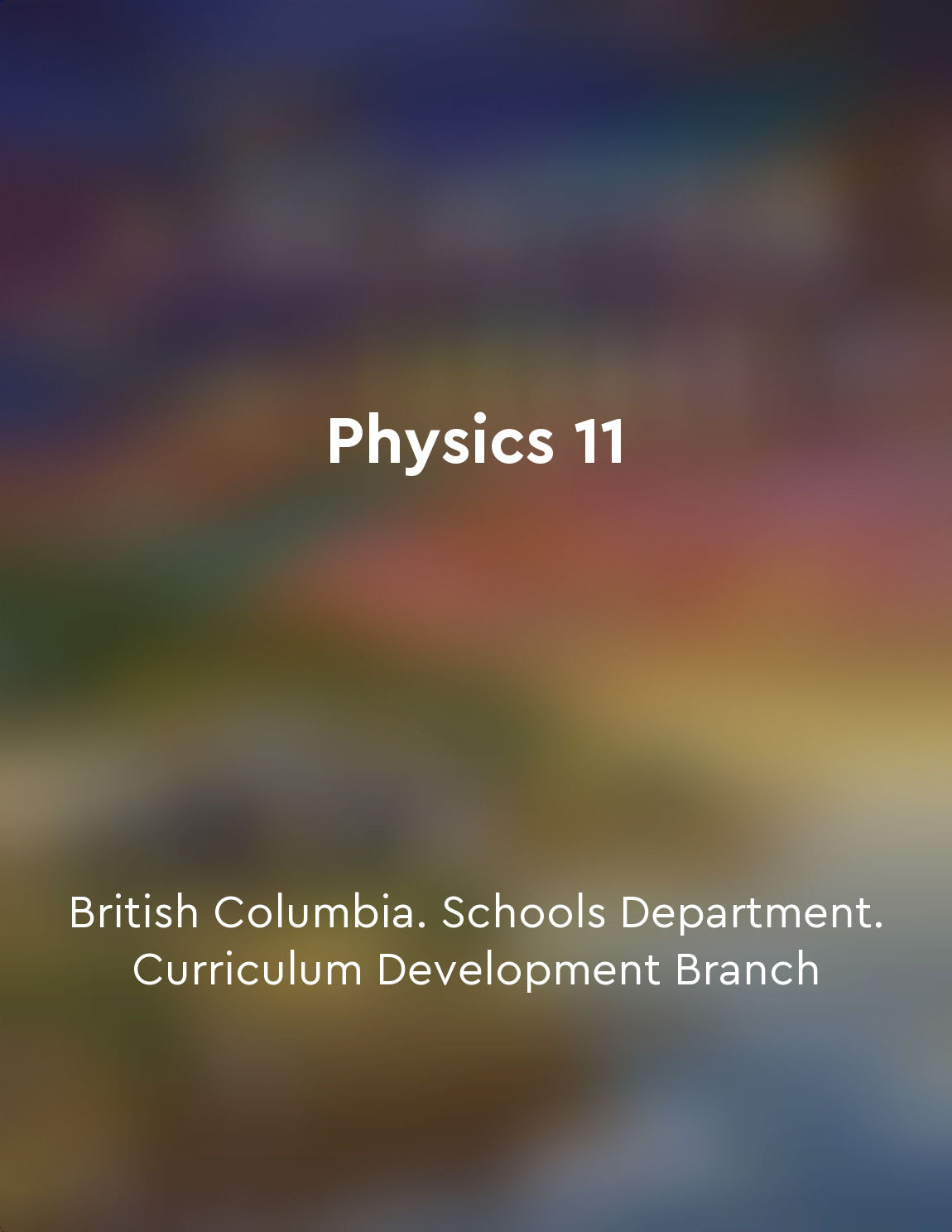Forces are interactions that cause changes in motion from "summary" of Physics 11 by British Columbia. Schools Department. Curriculum Development Branch
Forces play a crucial role in the world of physics. They are interactions that can lead to changes in an object's motion. This means that forces can cause objects to speed up, slow down, change direction, or even remain at rest. In essence, forces are what make things move. When discussing forces, it is important to understand that they can come in different forms. For example, there are contact forces, such as friction or tension, which occur when two objects are in direct physical contact with each other. On the other hand, there are also non-contact forces, such as gravity or magnetic forces, which can act on objects without any physical contact. Furthermore, forces are typically described using a set of specific characteristics. These include the direction in which the force acts, the magnitude or strength of the force, and the point of application of the force. By considering these characteristics, we can better understand how forces interact with objects and cause changes in their motion. One important concept related to forces is Newton's Laws of Motion. These laws provide a framework for understanding how forces influence the motion of objects. For example, Newton's First Law states that an object will remain at rest or in uniform motion unless acted upon by an external force. This law highlights the idea that forces are necessary to change an object's state of motion.- Forces are essential components in the study of physics. They are interactions that can lead to changes in an object's motion, whether it be speeding up, slowing down, changing direction, or remaining at rest. By considering the different forms of forces, their characteristics, and Newton's Laws of Motion, we can gain a deeper understanding of how forces shape the world around us.
Similar Posts

The beauty of the night sky is a reminder of our place in the cosmos
The night sky has a way of putting things into perspective. When we gaze up at the stars, we are reminded of our place in the v...
The history of physics from Newton to Einstein
The story of physics from Newton to Einstein is a captivating tale of revolutionary ideas and groundbreaking discoveries that t...
Natural phenomena have scientific explanations
Natural phenomena are the everyday occurrences that we often take for granted. From rainbows to thunderstorms, these events can...
The waveparticle duality of light and matter is a fundamental concept in quantum mechanics
The waveparticle duality of light and matter is a fundamental concept in quantum mechanics. This concept suggests that both lig...
Manufacturing processes are essential for turning designs into physical products
Manufacturing processes play a crucial role in bringing designs to life and transforming them into tangible products. These pro...
Planck introduced the quantum hypothesis
In the early 20th century, a renowned physicist named Max Planck made a groundbreaking proposal that would revolutionize the fi...
Chemical reactions involve the rearrangement of atoms
When chemicals react, they don't disappear or magically transform into something entirely new. Instead, they undergo a kind of ...

Biology is the study of living organisms and their interactions
Biology, as a scientific discipline, delves into the intricate world of living organisms. It seeks to unravel the mysteries beh...

Wormholes offer possibilities
The concept of wormholes is one that has long captured the imagination of scientists and science fiction enthusiasts alike. The...
Colonialism
Colonialism is a system of power that is centered on the idea that some people are superior to others. It is a system that seek...


